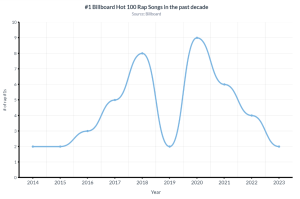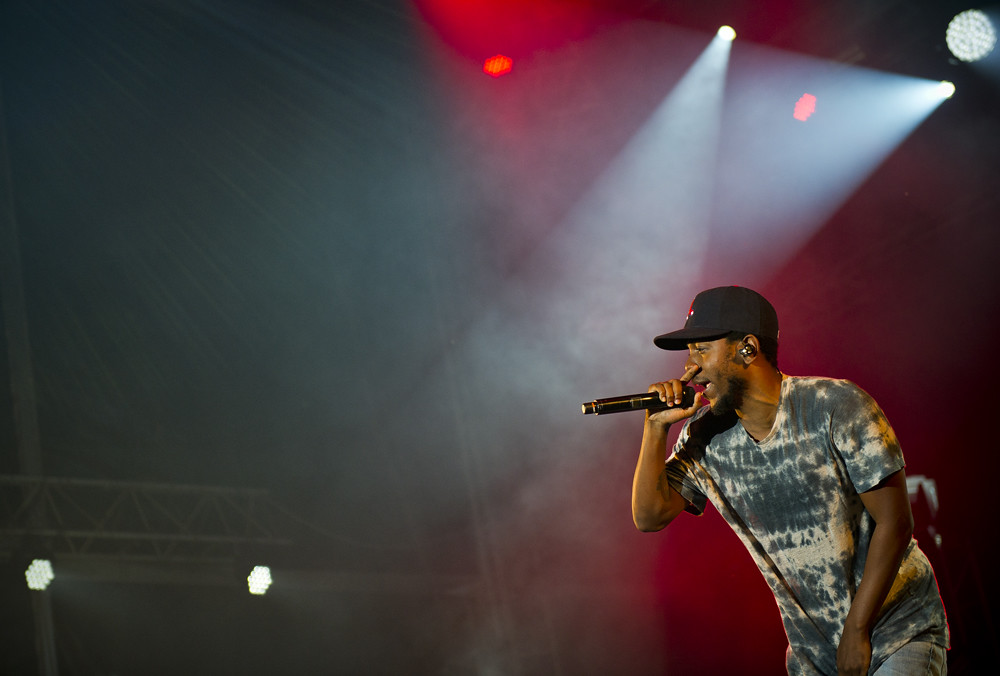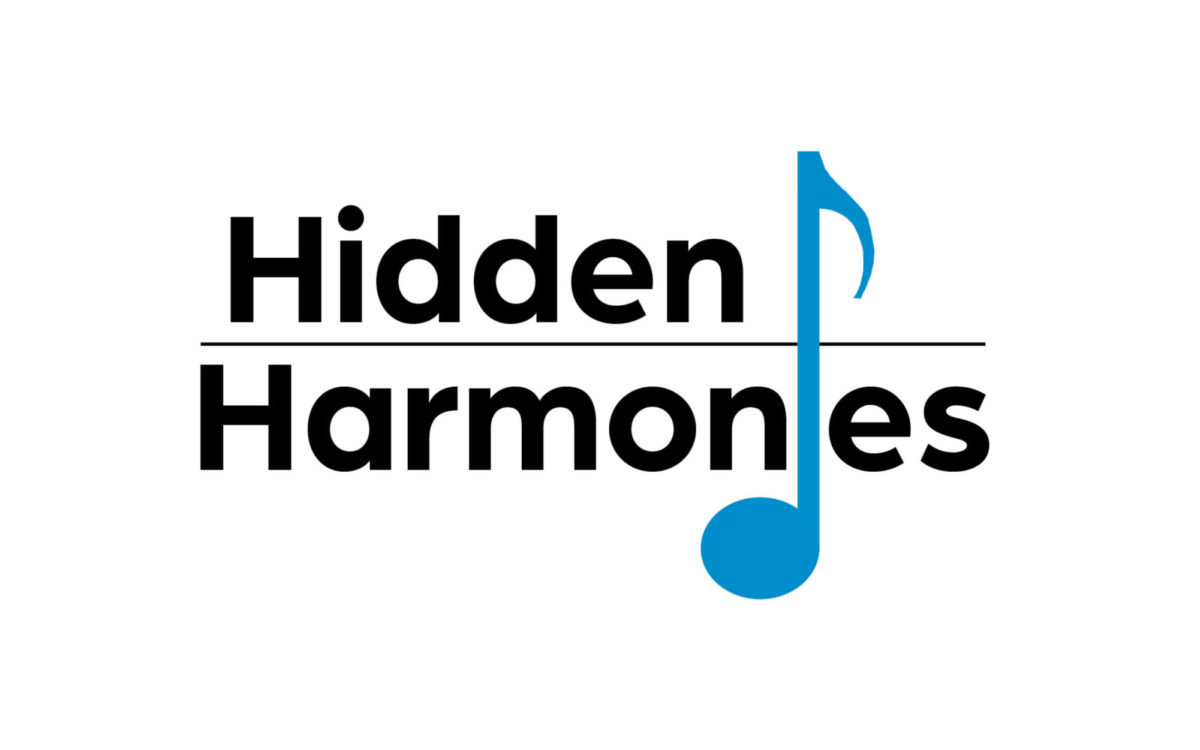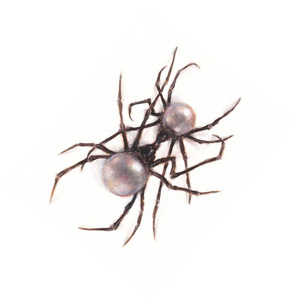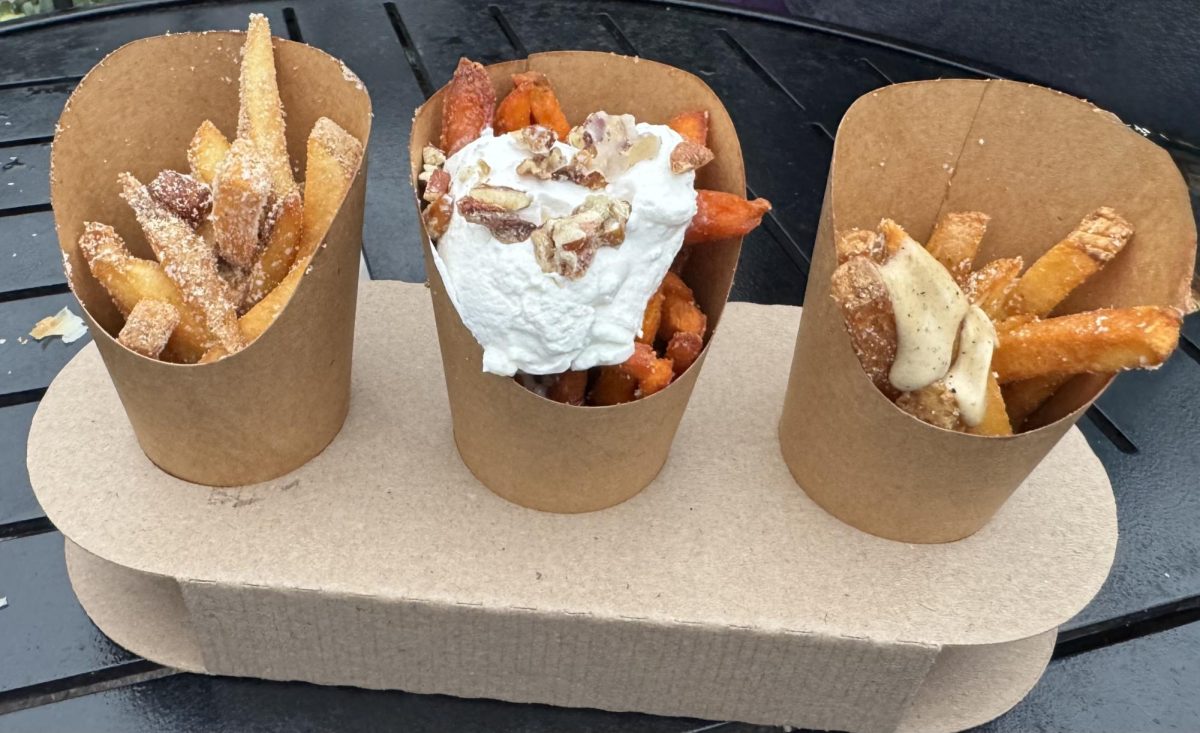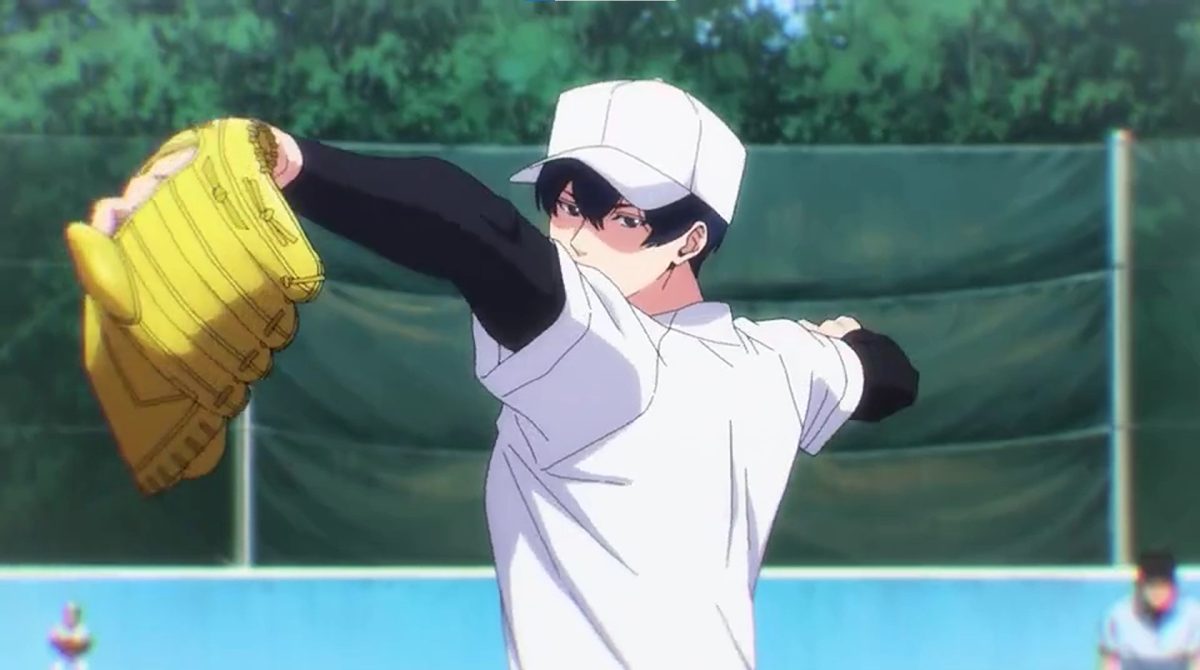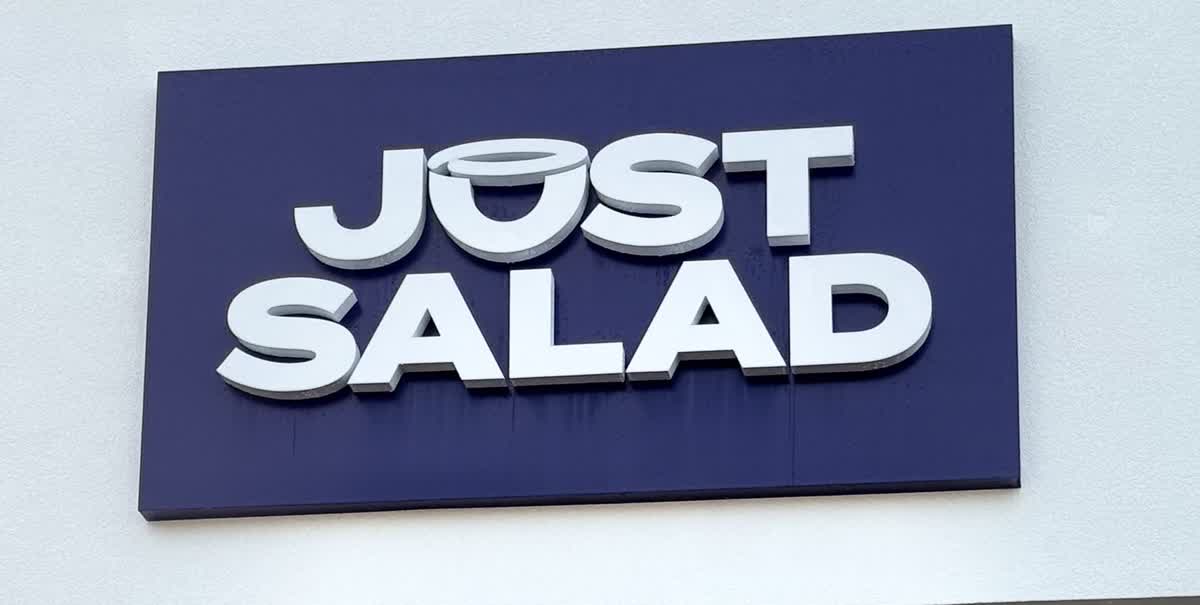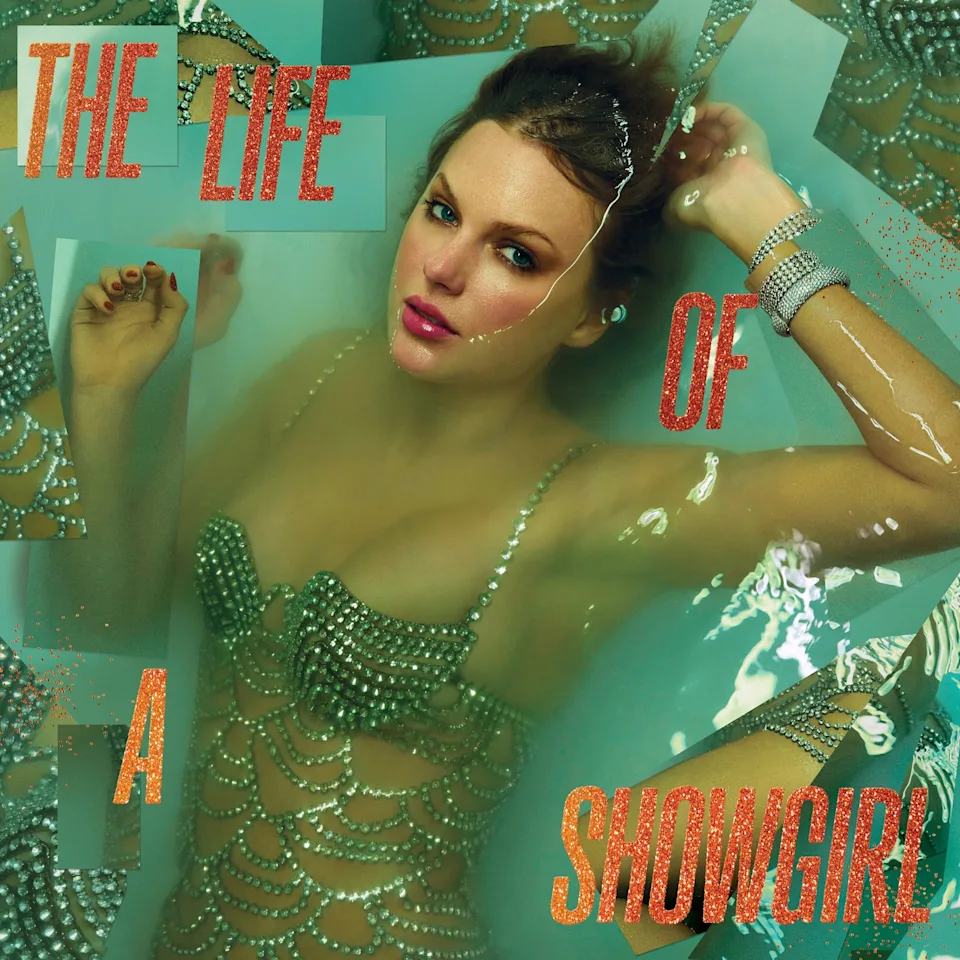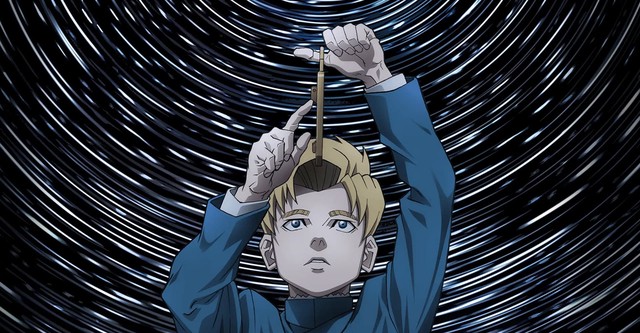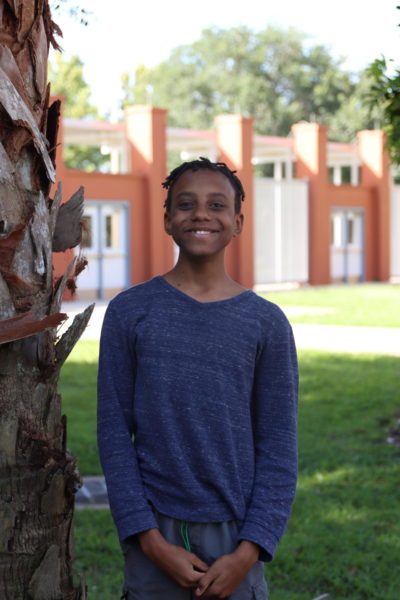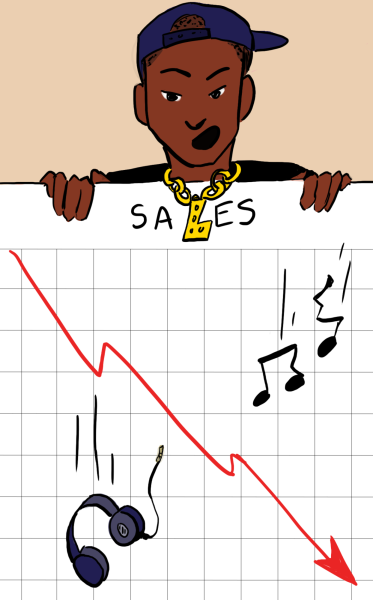
378 days. 54 weeks. Over 1 year.
That is how long it took for a rap song to go #1 on the Billboard Hot 100, from Nicki Minaj’s “Super Freaky Girl,” to Doja Cat’s “Paint The Town Red.” The metaphorical rain has fallen, and the #1 drought has been resolved. It’s been a long time coming. But why?
For starters, Billboard has offered its own reasoning on why the gap was so incredibly large. In the article, it’s explained that hip-hop (the combination of Rap and R&B) is losing commercial dominance, dropping its market share from 27.8% to 26% from 2022 to 2023, because of the increase in popularity of Latin and country genres. Although this could be a potential factor, this isn’t as much of an issue, as rap has reigned supreme since 2018.
If there’s one thing rap music is consistent in, it’s inconsistency. And it cannot and will not thrive in its current state.
Rap music has been the least consistent genre, embroiled in constant controversy. It has held an unstable roster; since the 80s, rap has been often associated with gang activity and violence. Despite the improvement to such generalizations, rap is still seen in a negative light due to the many incidents involving artists of the genre. One famous example is Takeoff, a rapper who was part of the rap trio Migos. He was shot and killed in 2022 at the age of 28. He was killed outside a bowling alley in an argument over a dice game, and Migos disbanded as a result.
And Takeoff isn’t alone. In the past five years, gun violence has killed a rapper each year. Artists like XXXTentacion, Pop Smoke, and King Von were all victims of gang violence and robberies, all dying in their 20s, with lots of industry potential and talent. Such association with gang violence causes many to distance themselves from the genre.
Rap’s association with violence is just one issue that drives away listeners. An even bigger issue is industry stagnation. Rappers like Nicki Minaj, Cardi B, and A$AP Rocky have not dropped a complete body of work in over five years. And although Nicki Minaj is slated to drop an album on Dec. 8, it’s a significant enough gap from her previous release in 2018. A lack of releases has impacted rap album sales by 40%, according to rapper and record producer Juicy J.
But what about the artists that have been releasing music? They haven’t been doing too well either. Drake released his highly anticipated rap album this year, For All The Dogs. The album debuted to commercial success but was panned by critics and users alike. On Metacritic, the album has a 53/100, signifying mixed reviews.
Nonetheless, it’s important to highlight that this year witnessed some remarkable rap releases, such as Doja Cat’s Scarlet and Kaytranada & Aminé’s KAYTRAMINÉ to name a couple. Although the former album allowed the 378-day streak to break, it still made little noise among diehard rap listeners.
It is undeniable that rap music isn’t going anywhere anytime soon. However, things as they are now cannot and will not work for the genre. To make sure rap can keep climbing like it was in 2018, artists of the genre should start releasing with consistency, and listeners should change their point of view that rap music is violent in nature.
It took 378 days for a rap song to go #1; with all the factors against the genre, it is likely that the next drought might be even longer.
